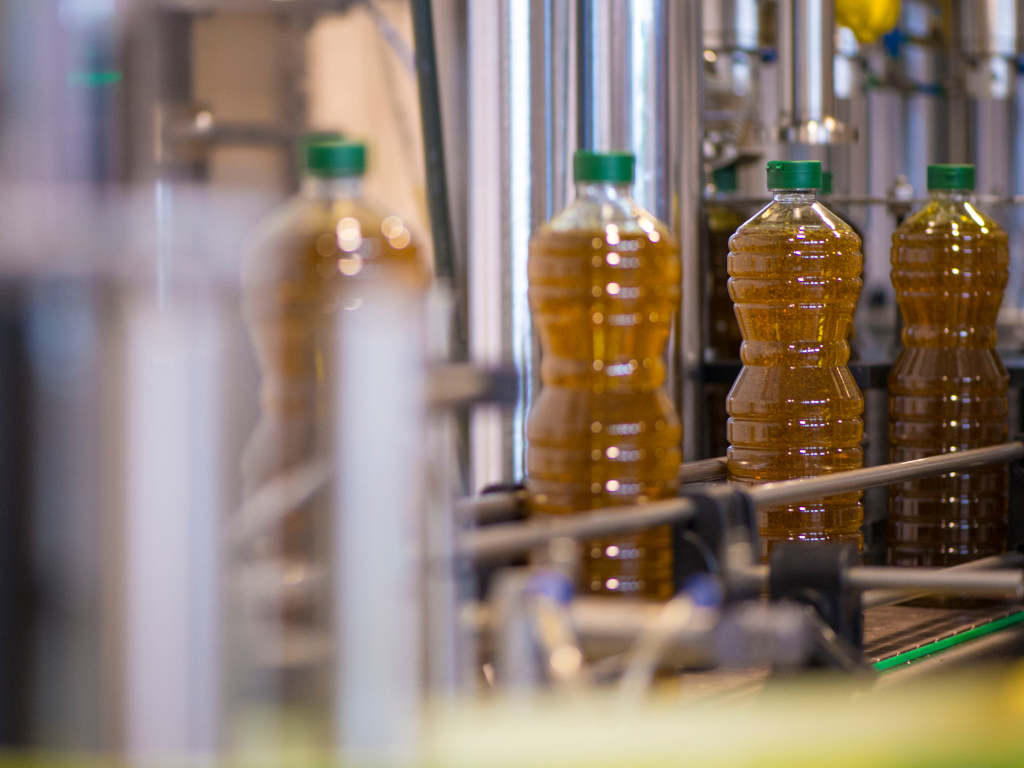Food Fraud

Thesaurus of Food Science and Supply Chain
This post is also available in:
This post is also available in:
![]() Español (Spanish)
Español (Spanish)
Food fraud is the intentional and deceptive manipulation, misrepresentation, or adulteration of food products to gain economic benefits, mislead consumers, or evade regulatory measures. Types of fraudulent activities can involve adulteration, overrun, tampering, mislabeling, or other dishonest practices that compromise the authenticity, safety, and quality of food items.
Food fraud can be categorized as
- Dilution: mixing ingredients with high value with ingredients of lower value. (e.g., olive oil diluted with tea tree oil)
- Substitution: replacing ingredients of the product of high value with ingredients of lower value (e.g., sunflower oil partially replaced with mineral oil)
- Concealment: hiding the low quality of a food product/ ingredient (e.g., dangerous dyes applied to fresh fruit to cover its defects)
- Unapproved enhancement- (adulteration): adding unknown substances to food products in order to enhance their quality properties (e.g., melamine in milk, addition of dye in spices)
- Counterfeiting: infringement of intellectual property rights (ex: trademark falsification)
- Mislabelling/Tampering: having false claims on the label/packaging (e.g., country of origin falsification, changed expiry information, product up-labeling)
- Grey market: production, theft, diversion (ex: sale of undeclared products)









































































